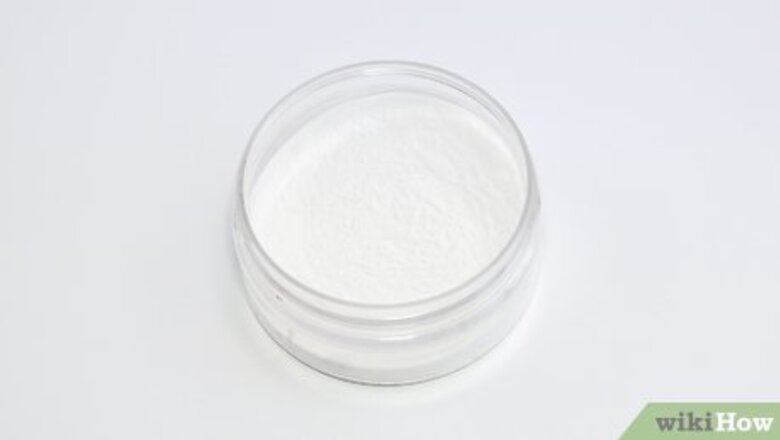
views
Mixing Drying Powder Into Marzipan
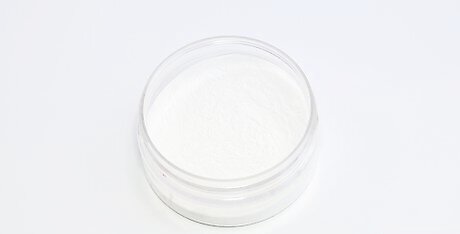
Purchase tylose or another drying agent to mix into the marzipan. Tylose, or CMC powder, is a type of powder used to firm up toppings like marzipan and fondant. It’s easy to find online and at most craft or cake-decorating stores. It works on fresh marzipan you haven’t rolled out or molded yet. There are some other things you can use in its place as well, like gum paste. Tylose is very useful if you’re making marzipan sculptures, such as cake toppings. It can also be added to marzipan you plan on using a different way, but it’s not really necessary for small or thin pieces. Gum paste is a sugar dough that hardens much more quickly than pastes like marzipan and fondant. It’s often used to make things like flowers, so you can mix it in with marzipan to craft various figures.
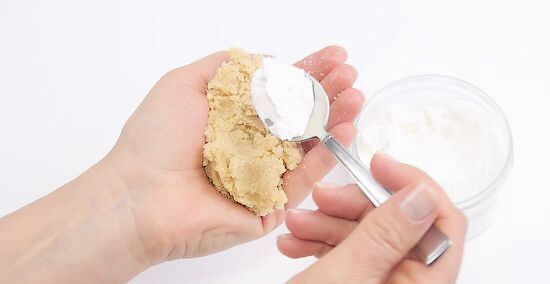
Sprinkle about 1 teaspoon (2.60 g) of tylose onto the marzipan. Give the marzipan a light dusting of powder. Try to spread it out evenly. You don’t have to use a lot. When you knead the marzipan into shape, the powder will get mixed in and help solidify it. Check the directions on the tylose container to a more precise estimate about how much powder to use.
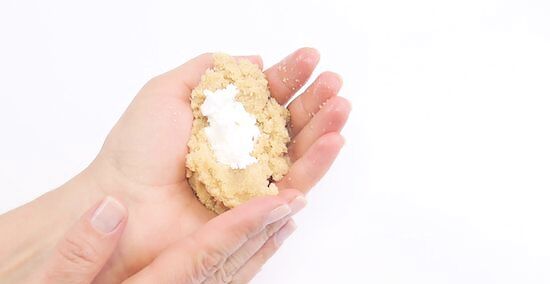
Fold the marzipan over to mix the powder into it. Hold the piece of marzipan in your hand with the powder on top of it. Fold the ends together so the powder gets trapped inside of it. Then, roll it between your hands, stopping to refold it to continue spreading the powder. After rolling it for a couple of minutes, you will feel the marzipan firm up. Keep kneading the marzipan until it has completely absorbed the powder. It will feel firm all over if you used.
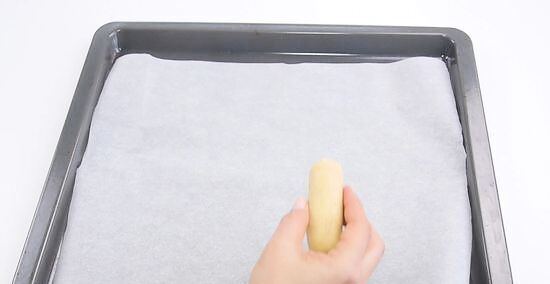
Place the marzipan on a baking sheet lined with parchment paper. Shape the marzipan first according to how you want it to look when it dries. Then, set it on top of the parchment paper or another non-stick surface. If you’re drying out multiple pieces of marzipan, make sure you leave space between them. For example, if you’re making decorations, you could push the marzipan into a silicone mold, then pop it out to dry on the baking sheet.
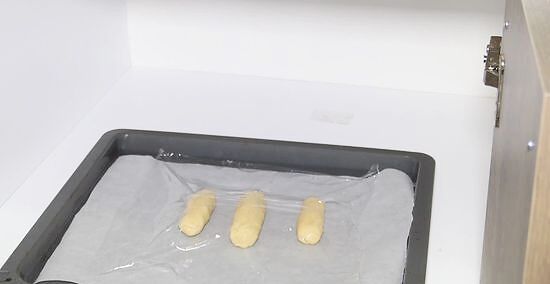
Put the baking sheet in a cool, dry spot like a cupboard. Set the baking sheet on a flat surface, making sure that the marzipan isn’t touching anything else. Choose a spot with plenty of air circulation and even a little light, if possible. Marzipan doesn’t have to be left in the refrigerator, so it won’t spoil if you leave it out. Marzipan hardens fastest when exposed to air, so you could even leave it out on your countertop if you’re really in a hurry. Cover it with plastic wrap to protect it from dust in the air. Light exposure can also be great for drying out marzipan. Try putting the baking sheet in an oven that has an interior light, for instance, or set up a fan and lamp near it.
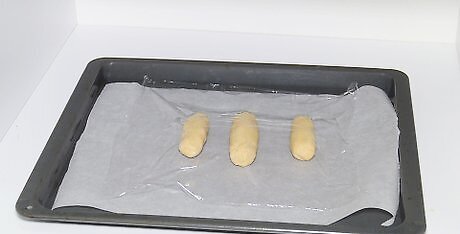
Wait for the marzipan to dry overnight. Check back on it after 12 hours. You can test the marzipan by lightly touching it all over. If you notice any spots that feel a little soft, give it a little more time to dry.
Putting Marzipan in a Cold Oven
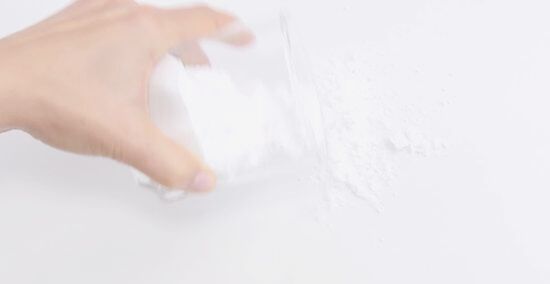
Roll the marzipan into a layer ⁄4 in (0.64 cm)-thick for baked goods. Select a flat surface, such as a clean part of your countertop, and sprinkle some powdered sugar over it. Roll the marzipan up into a ball, then set it on top of the powdered sugar. Use a rolling pin to spread it out into a thin layer. The thinner you can make it, the faster it will dry later. Marzipan is a tasty topping on cookies and cakes, but it’s hard to dry out quickly when it’s used this way. If you’re able to roll it out to a consistent thickness, you can get it to dry much faster than usual. Avoid using cornstarch, since it causes marzipan to crack.
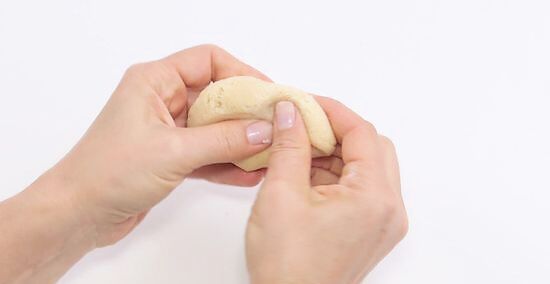
Shape the marzipan if you’re making a sculpture. Roll the marzipan into a ball, then work it into the shape you want it to be when it dries. For instance, if you’re making a figure, take a small piece and push it into a silicone mold. Fill the mold up, then remove the marzipan so it can dry. If you’re applying a thin layer of marzipan to something, just lay it where you want it. For example, put it on top of a cookie or cake. If your sculpture consists of multiple pieces, wait to secure them together. They dry faster individually, and you can use an edible glue to put them together afterward.
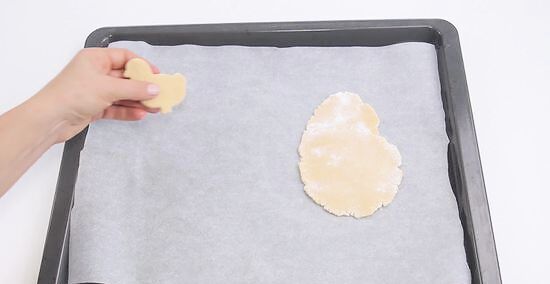
Move the marzipan onto a baking sheet covered with wax paper. Make sure the baking sheet is big enough to hold the marzipan without touching it. Spread out all of the marzipan you plan on drying. Keep space between each one so they all have a chance to dry evenly. If you don’t have parchment paper, you could use a waxed cake board, wax paper, or even a silicone baking mat. Choose a non-stick surface instead of placing marzipan directly onto a baking sheet. If you’re making something big, like a cake, you could keep it in a transparent cake holder instead.
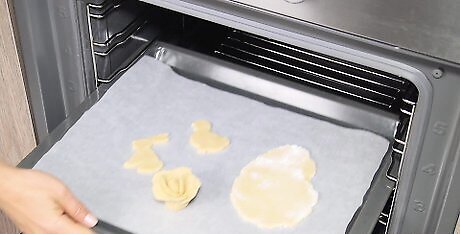
Place the baking sheet into the oven to dry. Make sure the baking sheet is secure on the rack. Check that the marzipan isn’t touching anything else. When it’s in the oven, it will be protected from dust but still get plenty of light and air circulation. Your oven is a great place to protect marzipan from dust while still exposing it to air and light. If your oven doesn’t have an internal light, try moving the marzipan somewhere else. If your oven isn’t an option, find a way to air dry the marzipan instead. Keep it stored in a cool, dark place, preferably in something like a cardboard box.
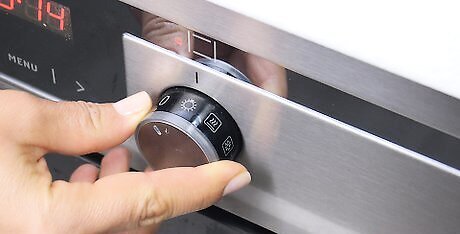
Turn on the light if your oven has one. Flip on the light switch so the marzipan dries out quicker. If your oven doesn’t have a light switch, you could set up another light source nearby, such as a table lamp. However, don’t turn the oven on. Keep it cool so the marzipan doesn’t melt or burn. If your oven doesn’t have a light, try moving the marzipan to another safe spot, like in your cupboard or under a cardboard box. If you’re able to, place a table lamp nearby to shine light on it.

Wait 12 to 24 hours for the marzipan to dry. Check back afterward and lightly touch the marzipan to identify any spots that haven’t finished drying. If it still feels a little soft, leave it in the oven for a little longer. Once it feels firm all over, you can take it out of the oven and wrap it in plastic to preserve it.




















Comments
0 comment